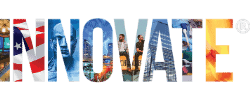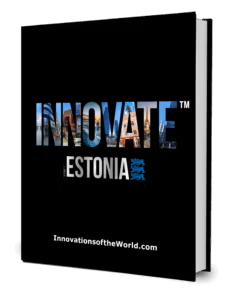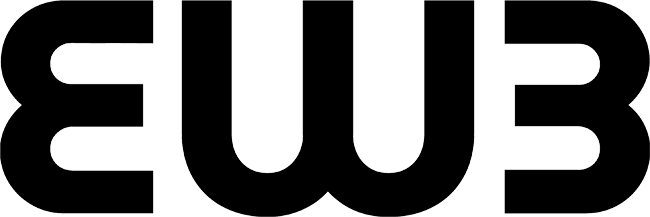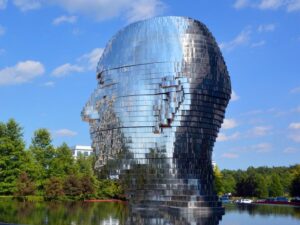The story of the Estonian Web3 Chamber reflects the turbulent yet transformative journey of the digital asset industry in Estonia and beyond. Established more than a decade ago, the organisation has been at the heart of regulatory dialogue, industry representation, and international knowledge-sharing. Its evolution from the Estonian Cryptocurrency Association into today’s Estonian Web3 Chamber illustrates how an industry body can adapt alongside fast-changing technology and policy landscapes.
A World First in 2014
In 2014, Estonia witnessed the formation of the Estonian Cryptocurrency Association, the first national umbrella organisation for the cryptocurrency and blockchain industry in the world. At the time, cryptocurrencies were only beginning to capture mainstream attention. Estonia, known for its digital-first governance and ambitious e-residency programme, was one of the earliest countries where entrepreneurs explored crypto-related opportunities.
The association was founded to provide a collective voice for these pioneers, promote responsible innovation, and ensure that policymakers would hear the perspectives of businesses experimenting with blockchain technologies.
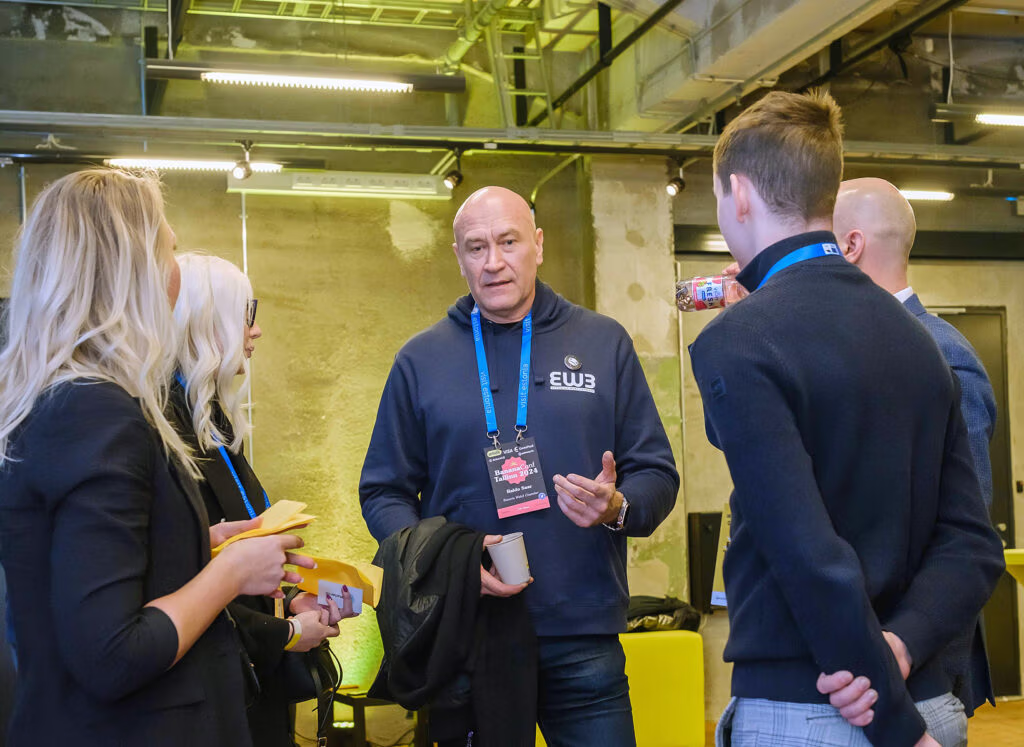
Rebranding and Expanded Mission
As the technology matured and regulatory frameworks evolved, the scope of the association needed to expand. By 2019, the decision was made to rebrand the organisation as the Estonian Web3 Chamber. The new name reflected a broader mission: not only supporting cryptocurrency projects, but also embracing the wider Web3 ecosystem of digital identity, smart contracts, compliance technologies, and decentralised finance.
This shift also aligned with the Chamber’s role as a partner for regulators. Since the early days of crypto regulation, the organisation has worked closely with the Ministry of Finance and the Estonian Financial Intelligence Unit (FIU), providing input into the design and implementation of Estonia’s pioneering licensing regime for virtual asset service providers (VASPs).
The Challenge of 2,000 Licenses
The Chamber’s history is marked by both promise and peril. At one point, Estonia became home to more than 2,000 licensed crypto companies. Many of these had little to no genuine connection to Estonia, taking advantage of the country’s early regulatory openness. This flood of operators created reputational challenges for Estonia, as some license holders engaged in illicit activities that drew international criticism.
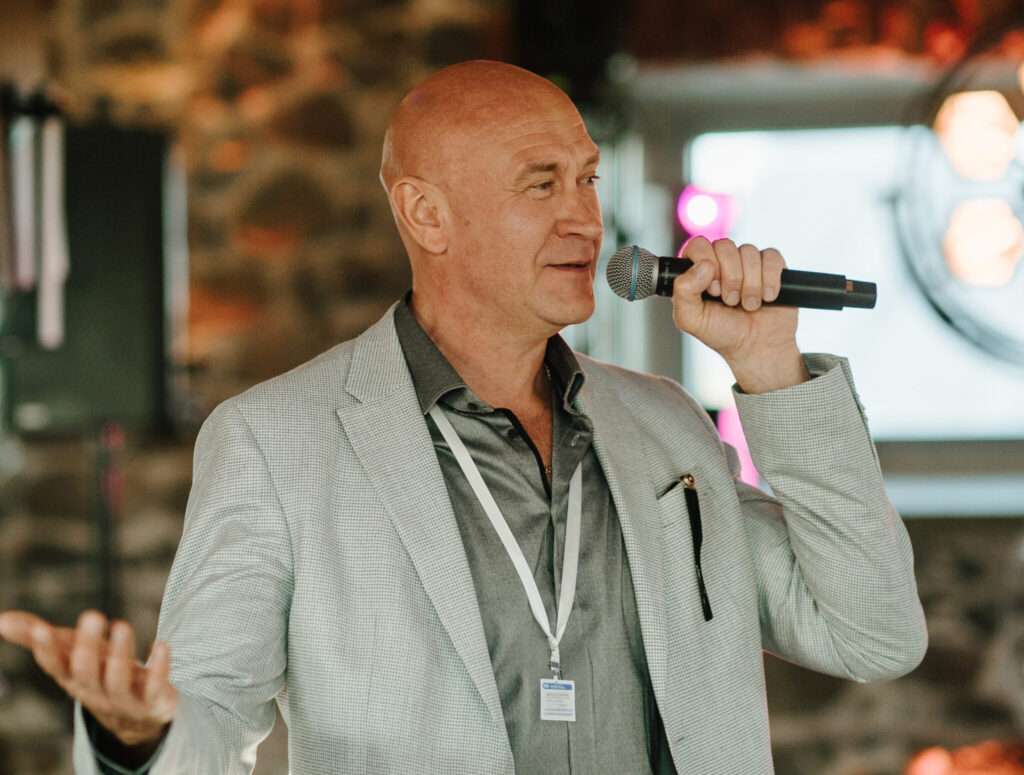
At the same time, serious Estonian companies were making significant investments to comply with emerging rules and establish trust-based business models. The Chamber found itself in a difficult position: representing a sector where bad actors were damaging the credibility of good ones.
In response, regulators introduced stricter measures, reducing the number of license holders dramatically. While necessary, these measures risked sweeping compliant innovators away alongside fraudulent operators. The Estonian Web3 Chamber played a central role in maintaining balance – engaging in dialogue with regulators, defending the interests of legitimate businesses, and ensuring that innovation would not be shut out entirely.
A Changed Landscape
The results of these reforms are clear today. Instead of thousands of loosely connected firms, Estonia now has 38 licensed VASPs, most of which are deeply rooted in the local ecosystem. Many of these companies are now preparing for the transition to MiCA (Markets in Crypto-Assets Regulation), the European Union’s comprehensive framework for digital assets that will come into effect in 2025–2026.
The Chamber continues to serve as a bridge between regulators and industry, helping members navigate compliance requirements while preserving room for innovation. Its voice has been instrumental in showing how a small country can set standards that resonate globally.
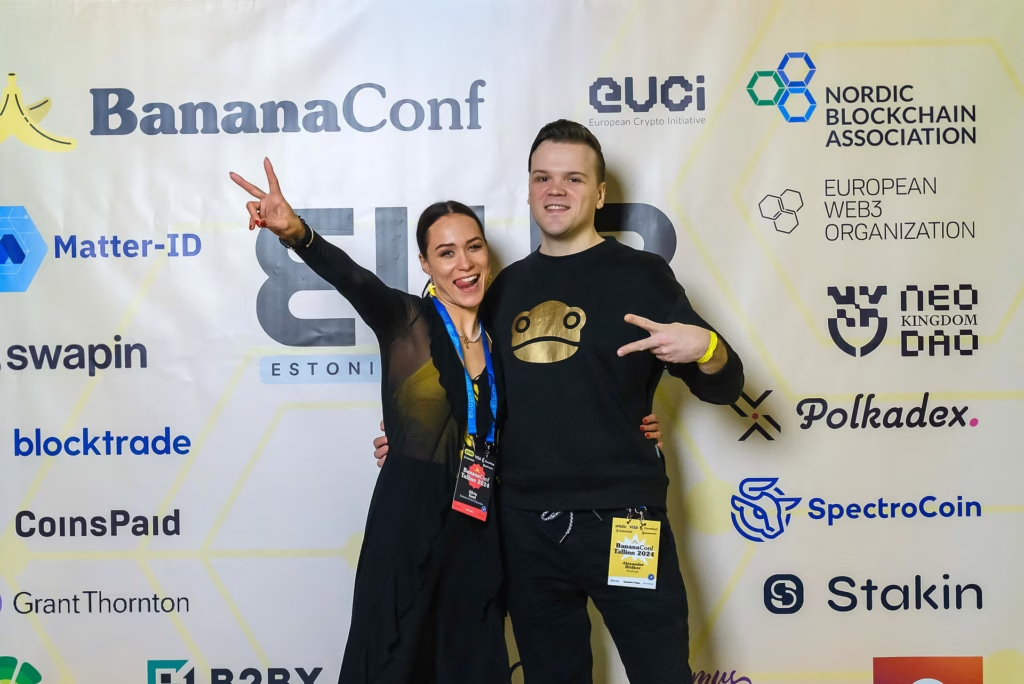
Sharing Estonia’s Experience
Estonia’s path from early experimentation, through regulatory over-expansion, to today’s leaner and stronger ecosystem holds lessons for the rest of the world. Recognising this, the Estonian Web3 Chamber actively shares its experience internationally.
The Chamber’s President, Raido Saar, has become a recognised speaker at leading crypto, Web3, anti-money laundering (AML), and cybersecurity conferences worldwide. Having witnessed first-hand the tensions between innovation and compliance, he provides unique insights into how regulators and industry can collaborate without suffocating technological progress. His message is clear: regulation must protect, not paralyse.
A Role in Today’s Innovation Ecosystem
Beyond regulation, the Chamber has positioned itself as a champion of Estonia’s innovative spirit. It acts as a convener for stakeholders across the Web3 spectrum, from digital identity and compliance solutions to blockchain-based financial services. By uniting companies under a shared banner, it provides a stronger platform for advocacy both within Estonia and across Europe.
With MiCA approaching, the Chamber is redoubling its efforts to ensure Estonian companies are prepared. Workshops, member consultations, and engagement with supervisory bodies such as the Estonian Financial Supervisory Authority provide practical support for businesses navigating licensing and compliance.
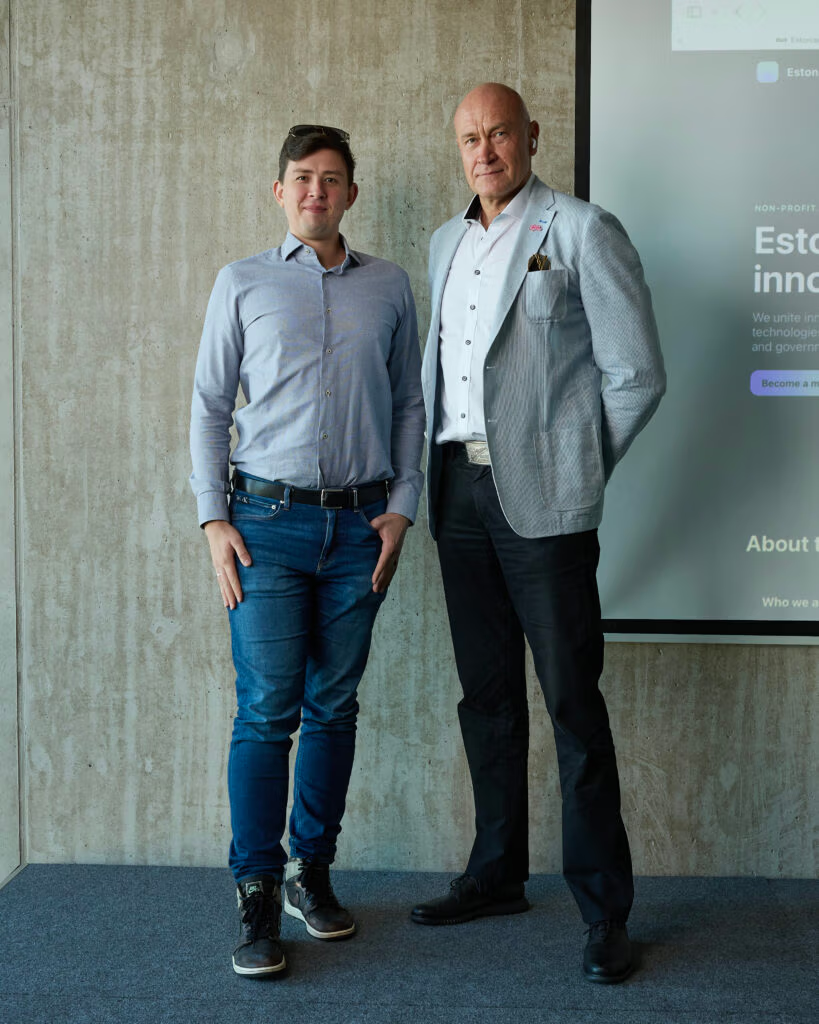
At the same time, the Chamber maintains its founding ethos: to keep the door open for innovation, while ensuring that Estonia remains a trusted jurisdiction that upholds international standards.
Looking Forward
The Estonian Web3 Chamber’s journey underscores how an industry organisation can help shape national policy, defend legitimate actors, and export hard-won lessons to the global stage. From its pioneering beginnings in 2014 to its rebrand in 2019 and its central role in Estonia’s regulatory evolution, the Chamber continues to stand as both a guardian of innovation and a bridge to policymakers.
In a world where cyber risks are escalating and regulatory scrutiny is intensifying, the Estonian Web3 Chamber demonstrates that dialogue, responsibility, and vision can sustain an industry through turbulent times. Its story is not only about Estonia but about how the global Web3 community can balance innovation and trust in shaping the digital economy of tomorrow.

